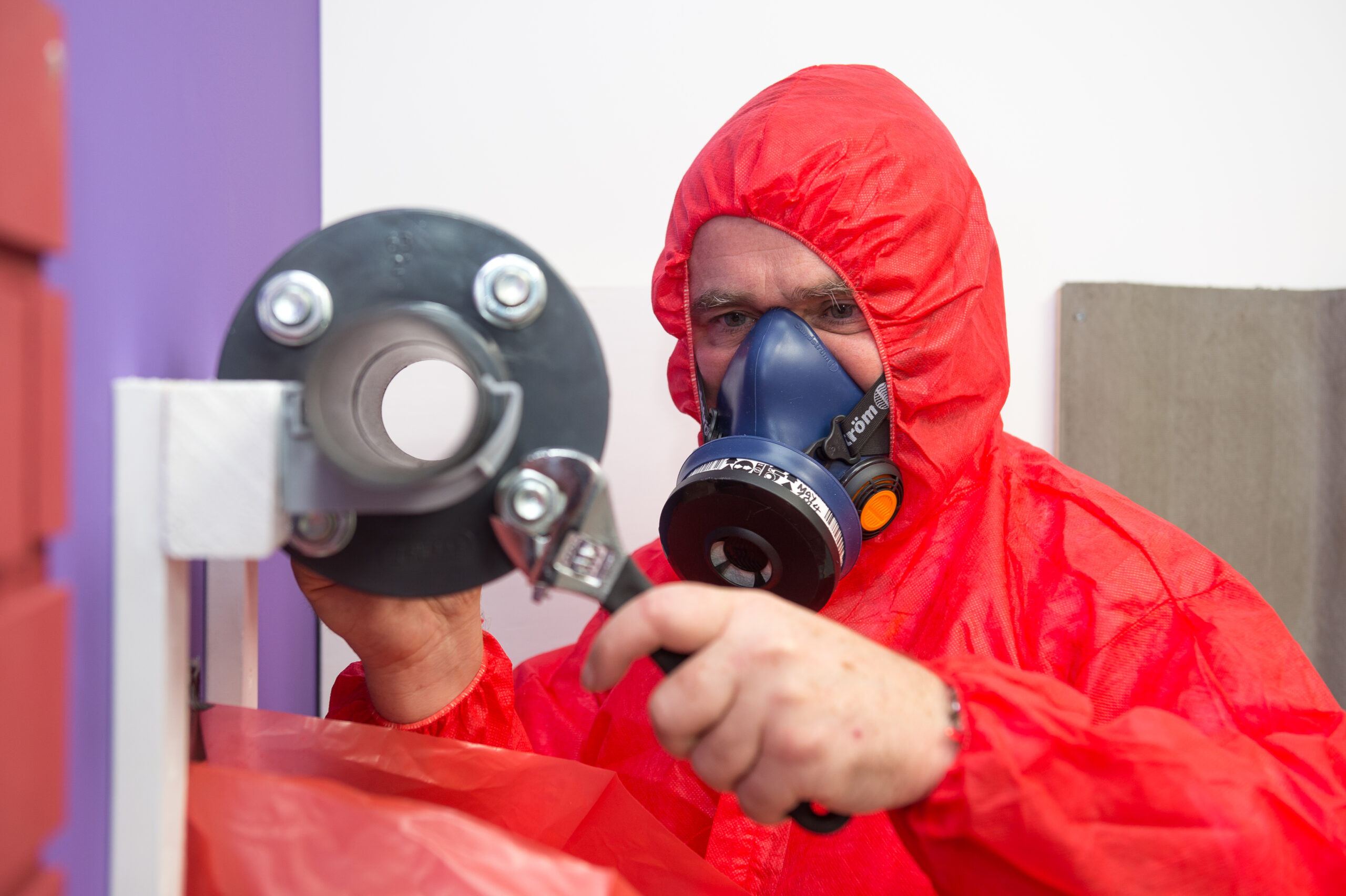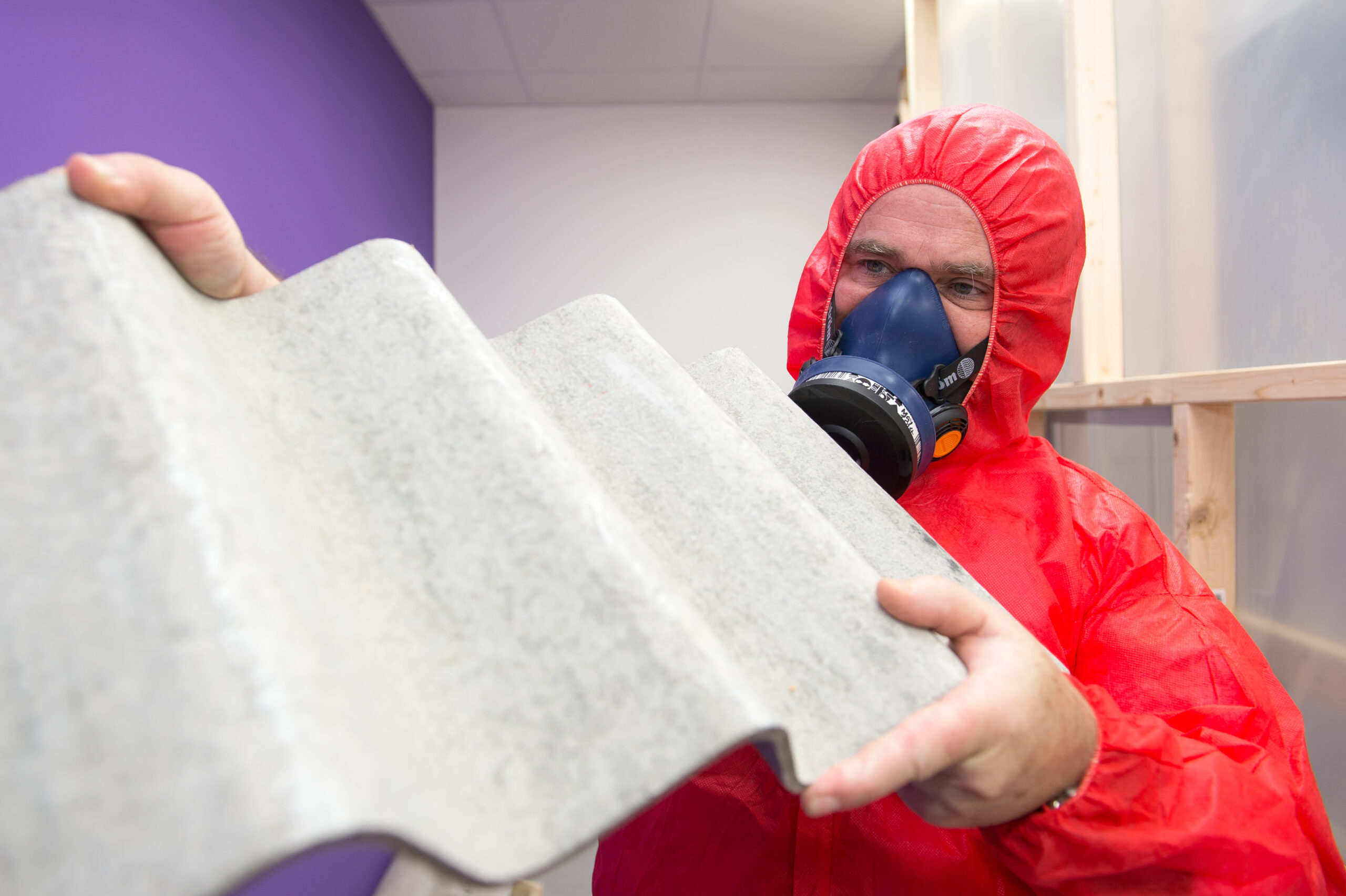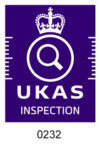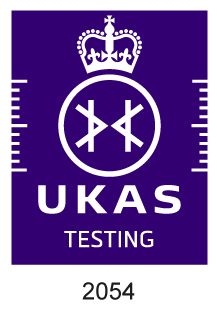Menu
close
**LATEST** New quantitative face fit services for RPE
Book in today

Whilst surveying, you will require a respirator, which for a close-fitting RPE will need to be face fit tested professionally for you. You will need to have this re-tested regularly (and if you have changes to your face that could affect the fitting of your mask). The purpose of this test is the confirm that the choice of close fitting facepiece (respirator) provides an appropriate seal to your face.
Quantitative face fit testing (QNFT) ensures the effectiveness of a tight fitting face mask via a numerical measure. It measures the amount of particles that enter the breathing zone and therefore how well the face mask is sealing against your face. This is in contrast to qualitative face fit testing that is more subjective and relies on a wearer’s taste response when using a strong-tasting agent sprayed near the breathing zone.
Face Fit Testing is a legal requirement. Whilst surveying, you will require a respirator, which for a close-fitting RPE will need to be face fit tested professionally for you. You will need to have this re-tested regularly (and if you have changes to your face that could affect the fitting of your mask).
The Face-Fit tester will take you through the basics of how to put on the face-piece, position it on your face and set the strap tension to determine an acceptable fit. You will need to put respirator when requested – there is a mirror to assist you. You will then need to put on your respirator correctly, without assistance. Once the respirator is on and prior to the QNFT (Quantitative Face Fit Test) starting, you will need to carry out a vacuum seal check.
The test works by measuring ambient particles both outside and inside your respirator simultaneously

